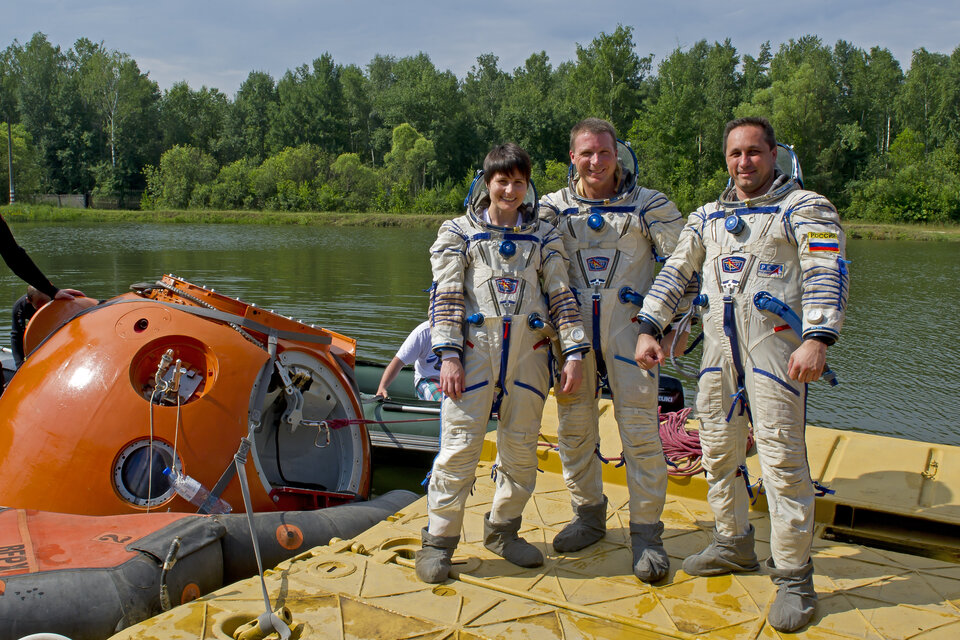Assigning an astronaut to a mission
Becoming an astronaut is one thing, but how do they then get assigned to fly to the International Space Station ISS and who determines an astronaut’s role in a crew? These decisions are made in consensus by the Multilateral Crew Operations Panel (MCOP), comprising representatives from all five international partners: US space agency NASA, Russian space agency Roscosmos, Japanese space agency JAXA, the European Space Agency ESA and the Canadian Space Agency CSA.
Assigning a crew well in advance of a mission is important to ensure crew members have enough time to carry out mission-specific training and are able to work alongside one another on Earth before tackling challenges together in space.

It also helps with planning, as each crew member fulfils a specific role based on their skills and experience.
The Multilateral Crew Operations Panel decides who flies to the International Space Station, but also the high-level functions of crew members on mission. These include the ISS commander and which crew members will train for spacewalks and robotic activities among other major tasks. All of these decisions are made in consensus. To reach that consensus a set of criteria has to be met by the crew members.
Selection criteria

The MCOP assigns crew members to flight opportunities for Space Station partners based on International Space Station crew rotation plans that are determined by each partner's contribution to the ISS
Each MCOP member can propose personnel to serve as Space Station crew, but before they do so they must ensure their nominee ticks the boxes for general suitability, medical fitness, behavioral suitability, linguistic ability and adherence to the International Space Station Code of Conduct.

Determining this suitability involves assessing a potential crew member’s past and present conduct, interpersonal and communication skills, operational experience and performance under stress as well as a number of other factors such as their ability to communicate effectively in both English and other languages such as Russian as required.
The prime crew, who fly to the Space Station, and the backup crew, who train alongside them ready to step up if needed, are usually selected at the same time. Once selections are made, it is full steam ahead in terms of planning, training and mission preparation.


